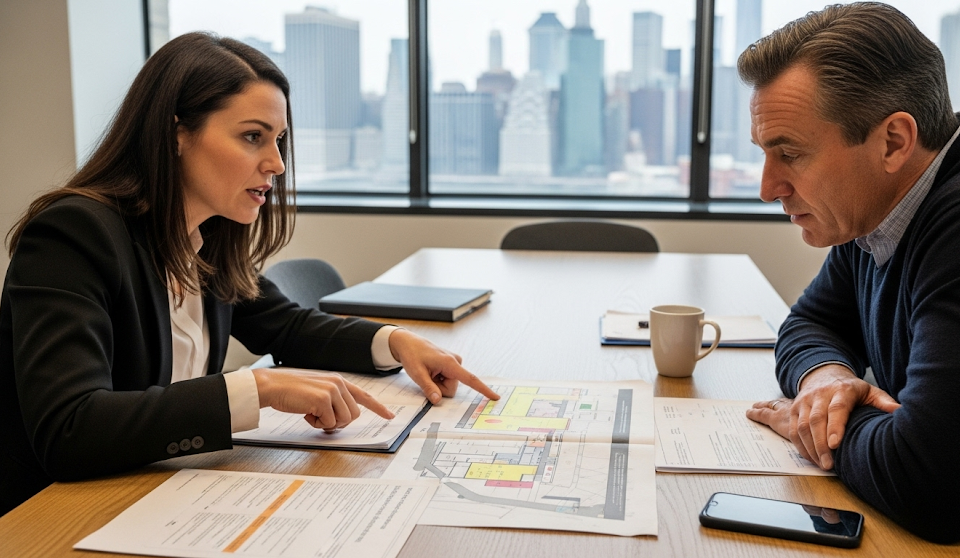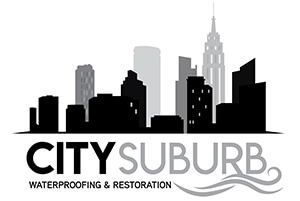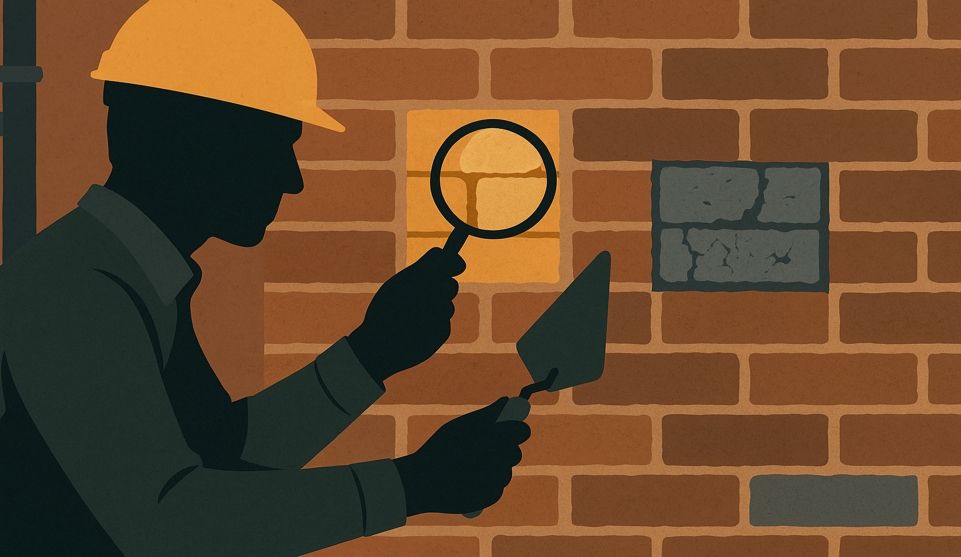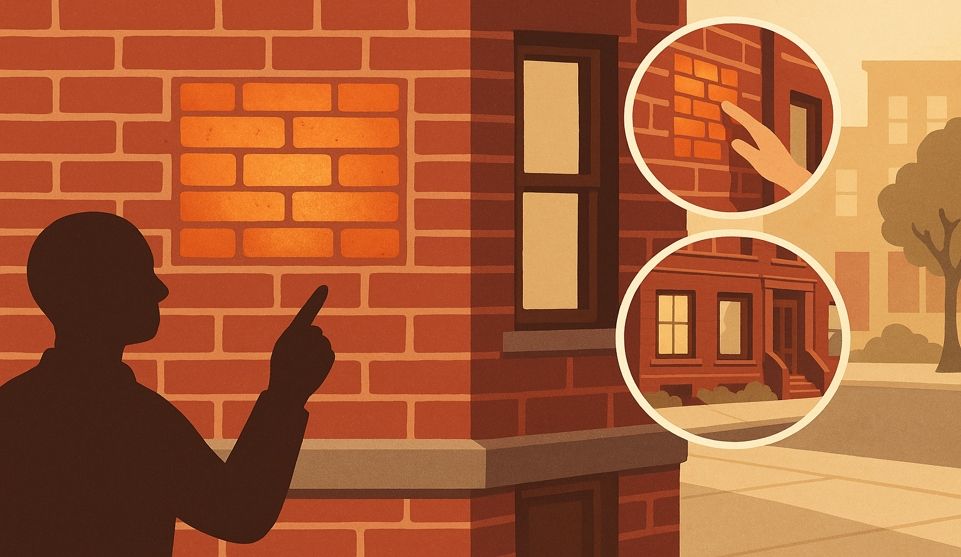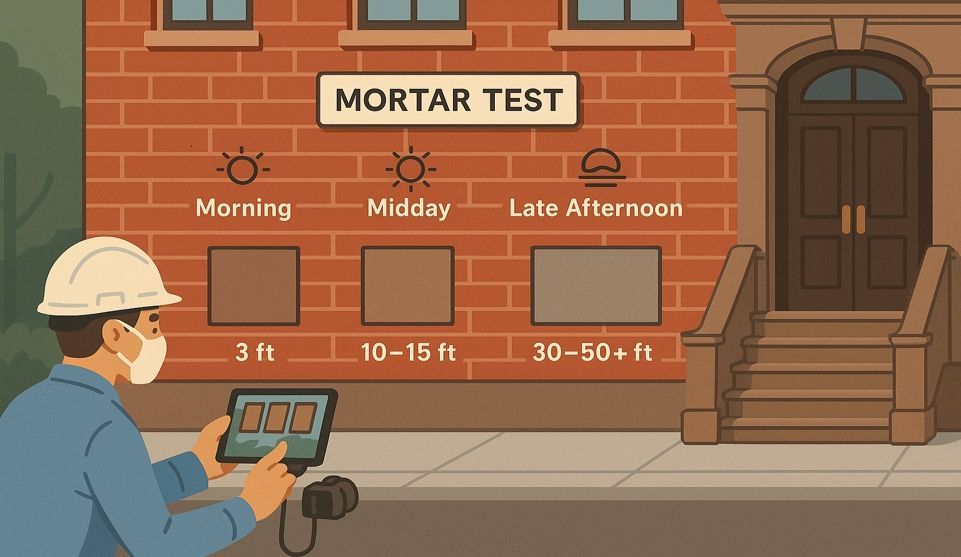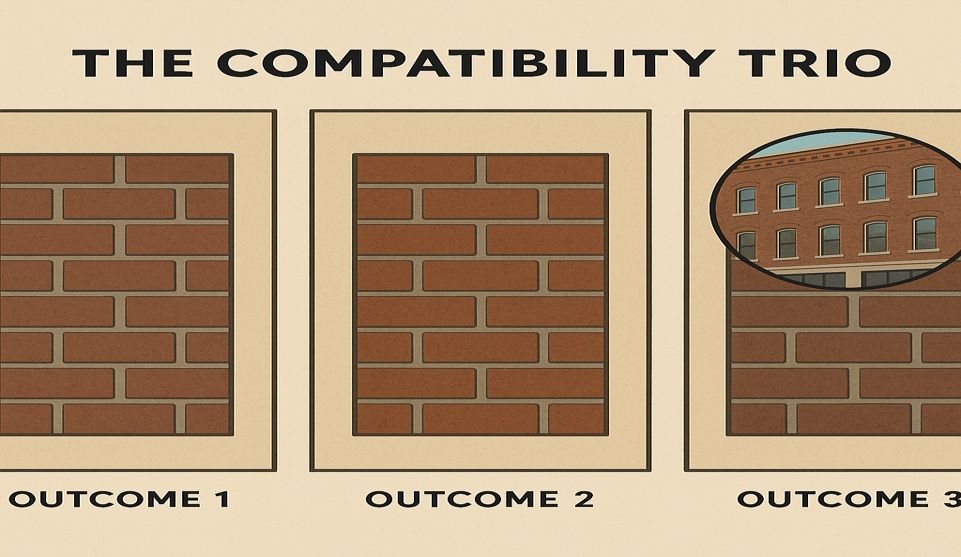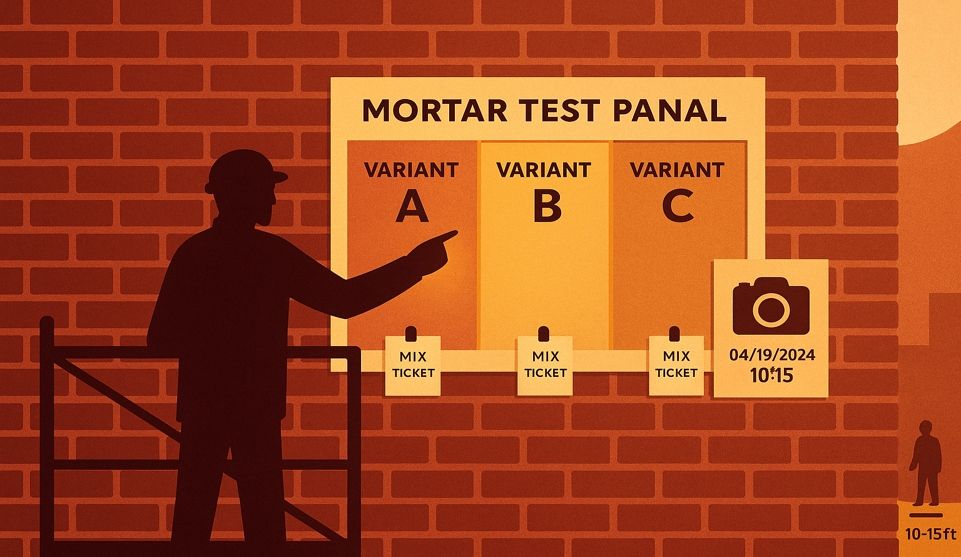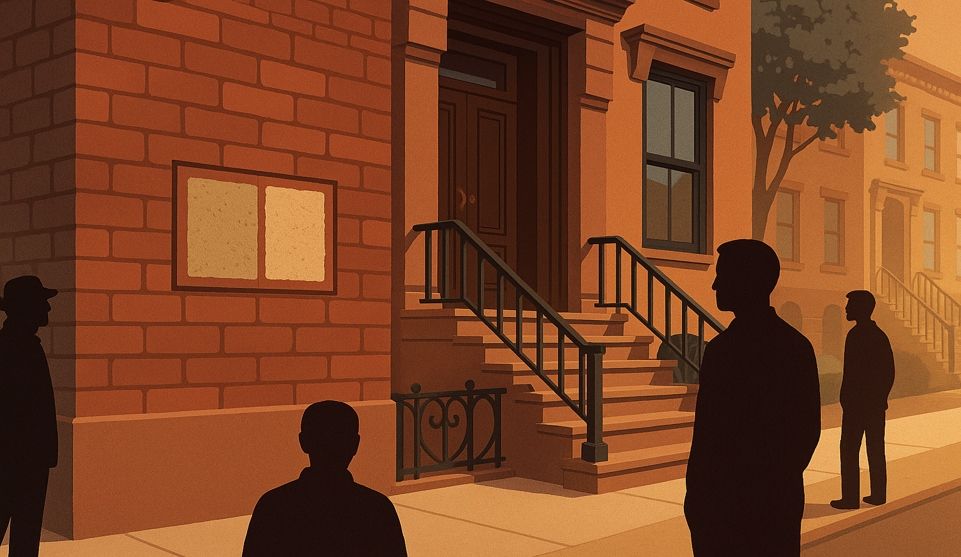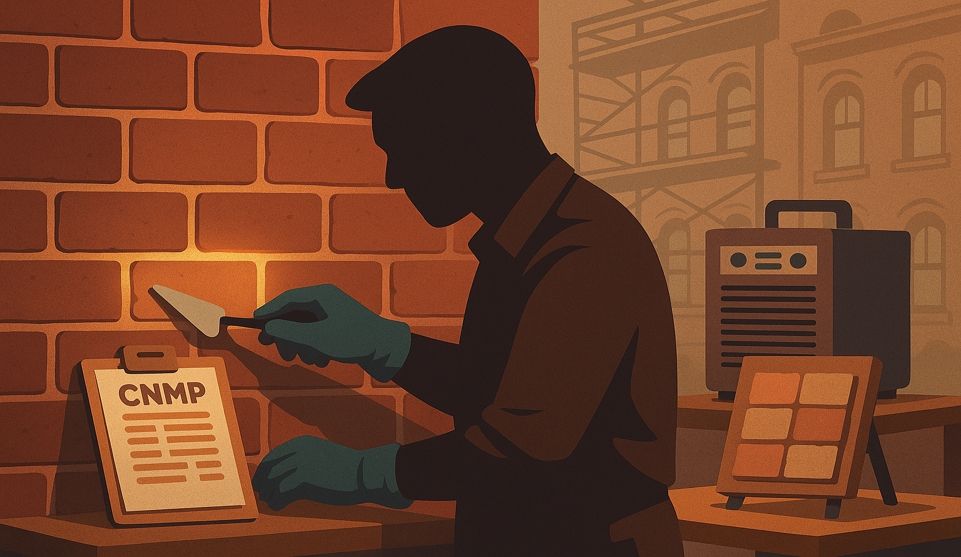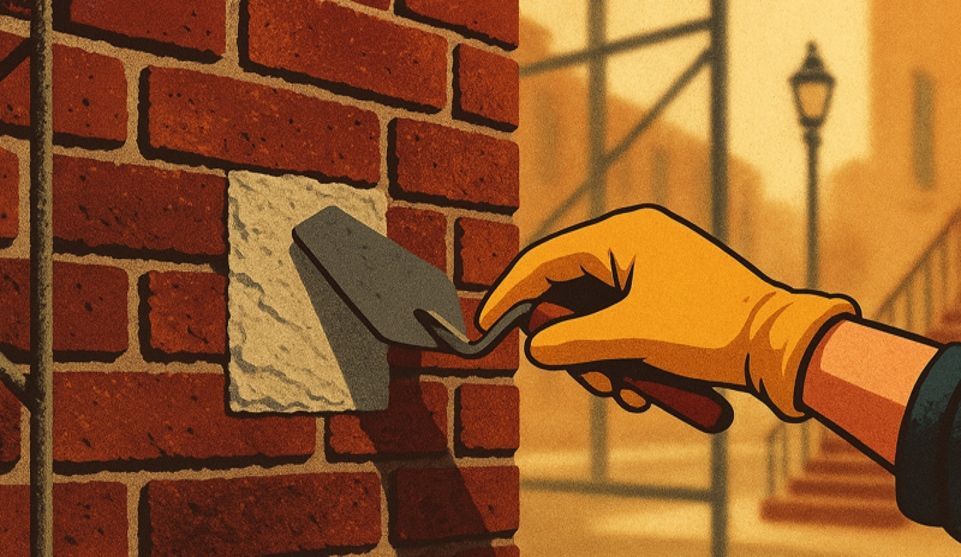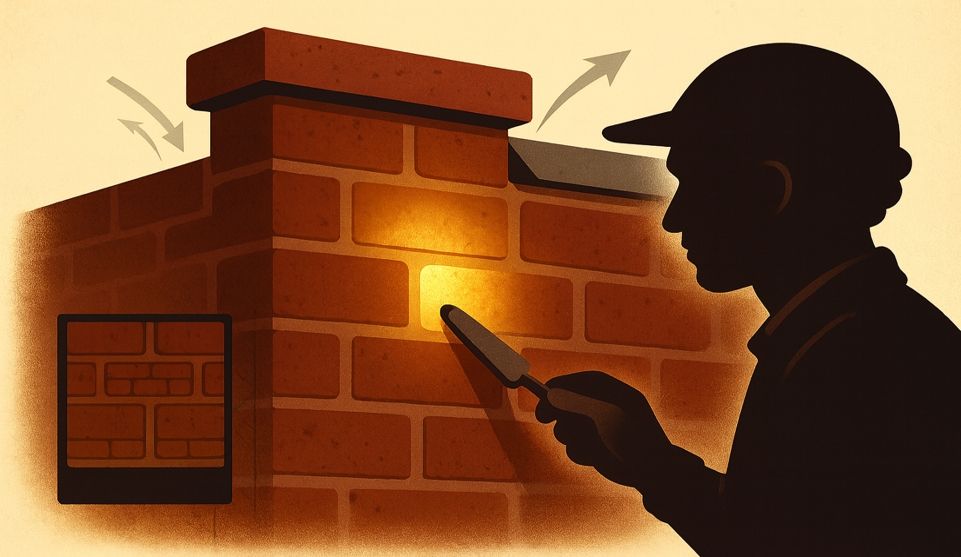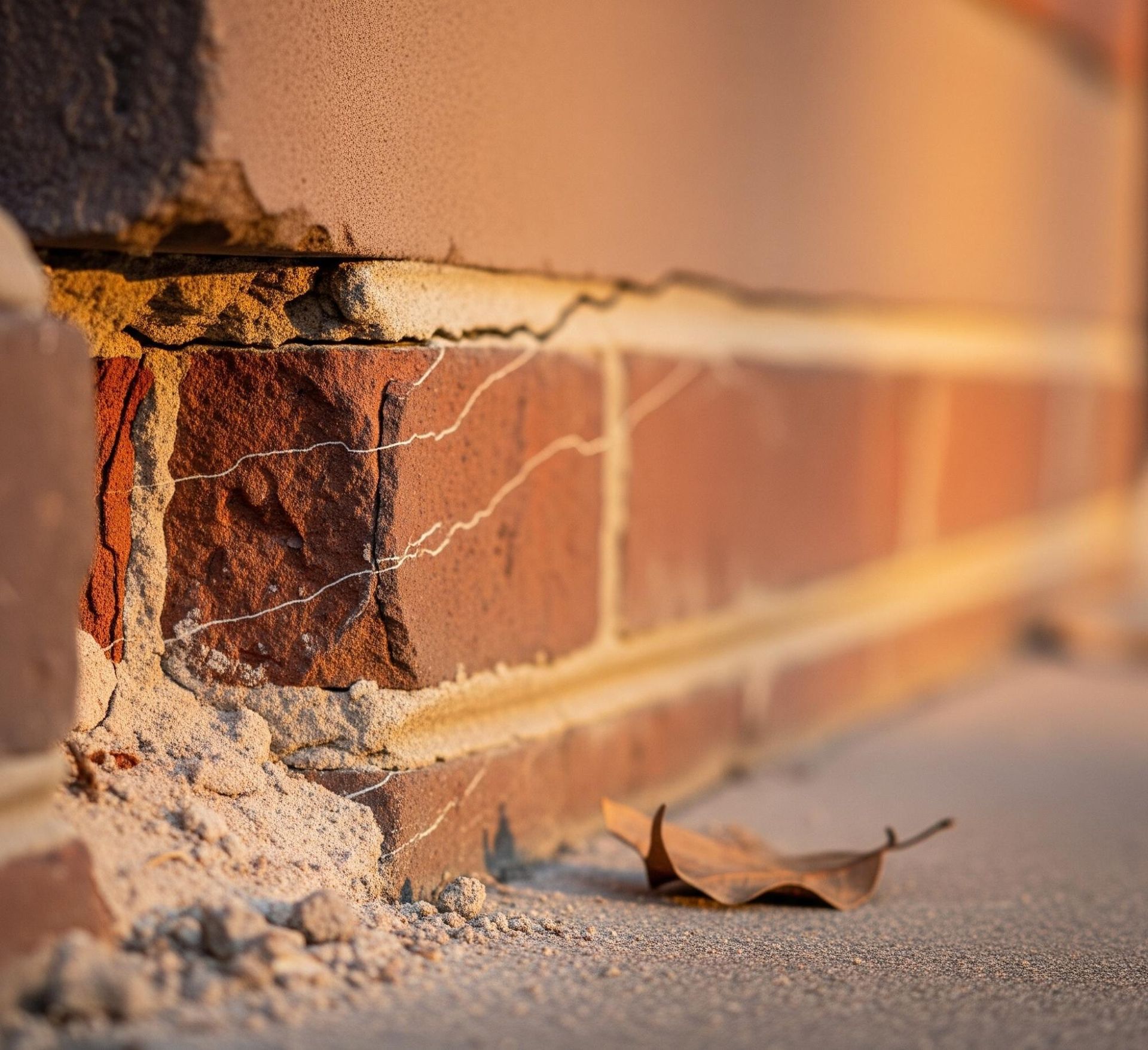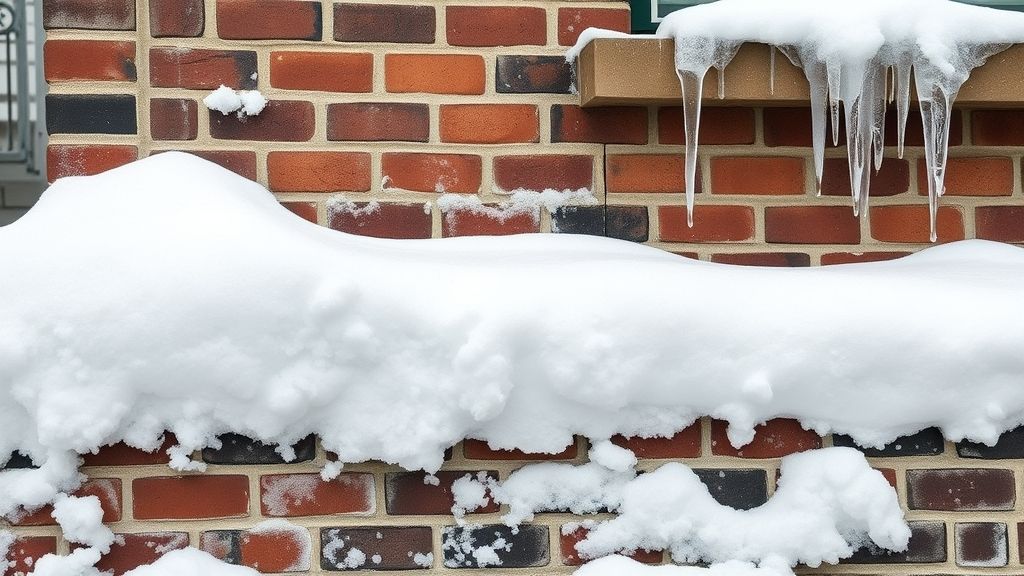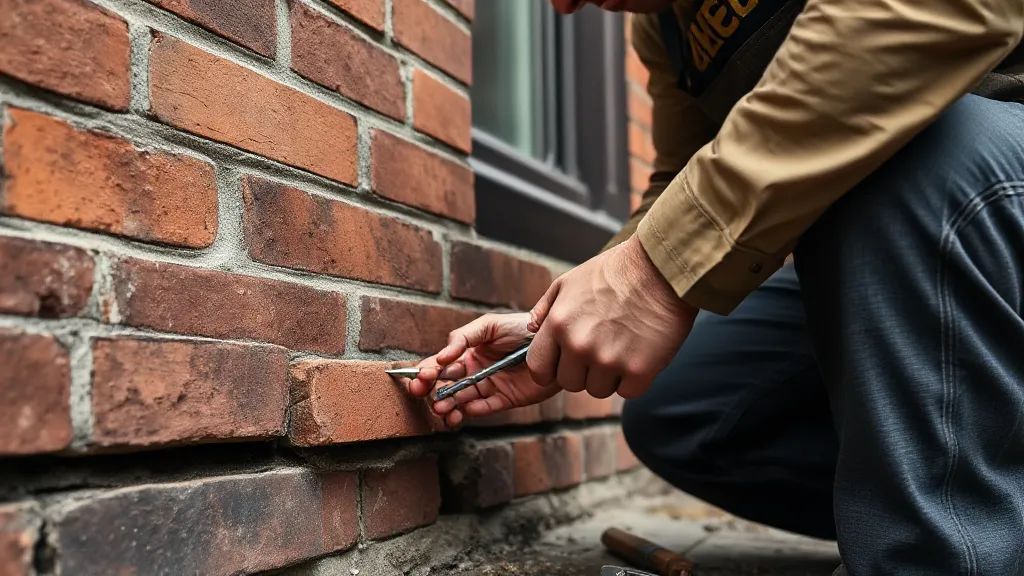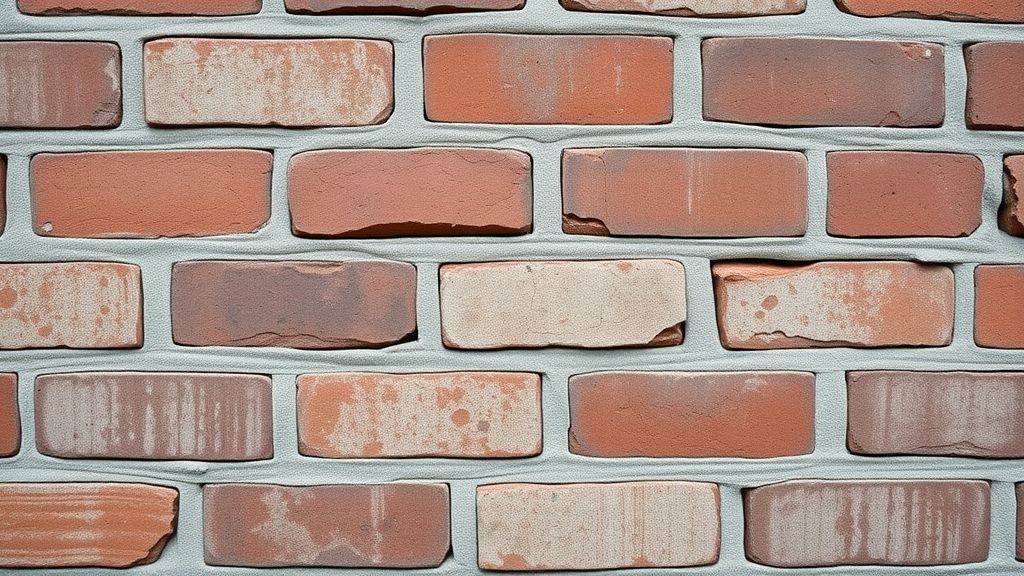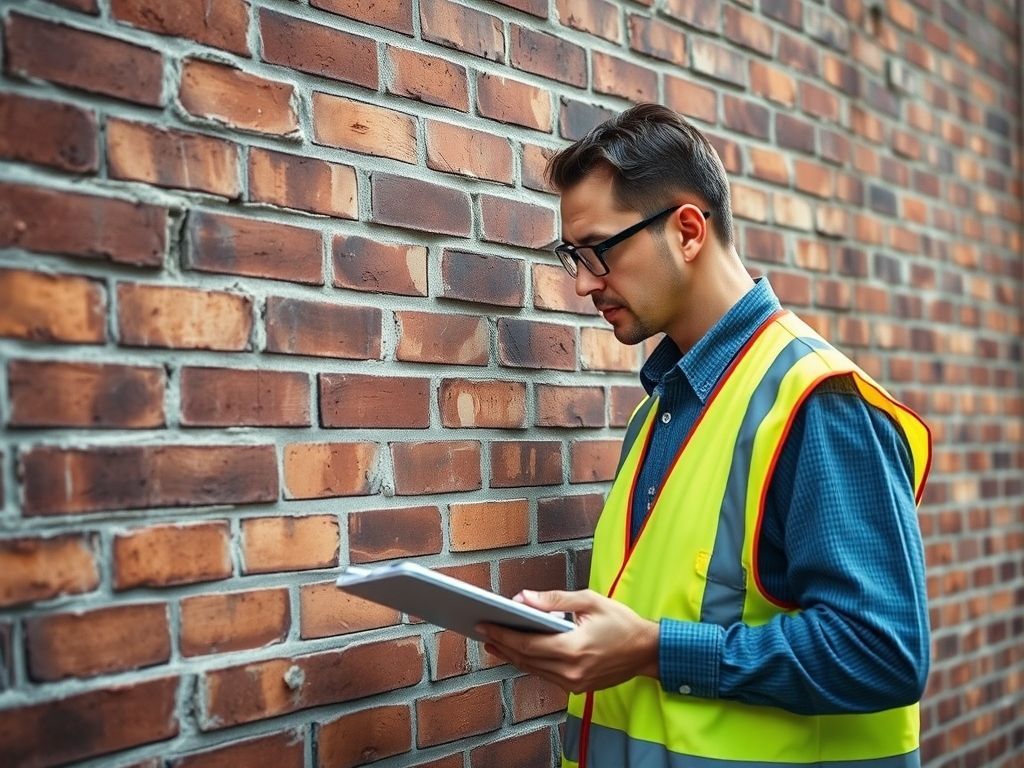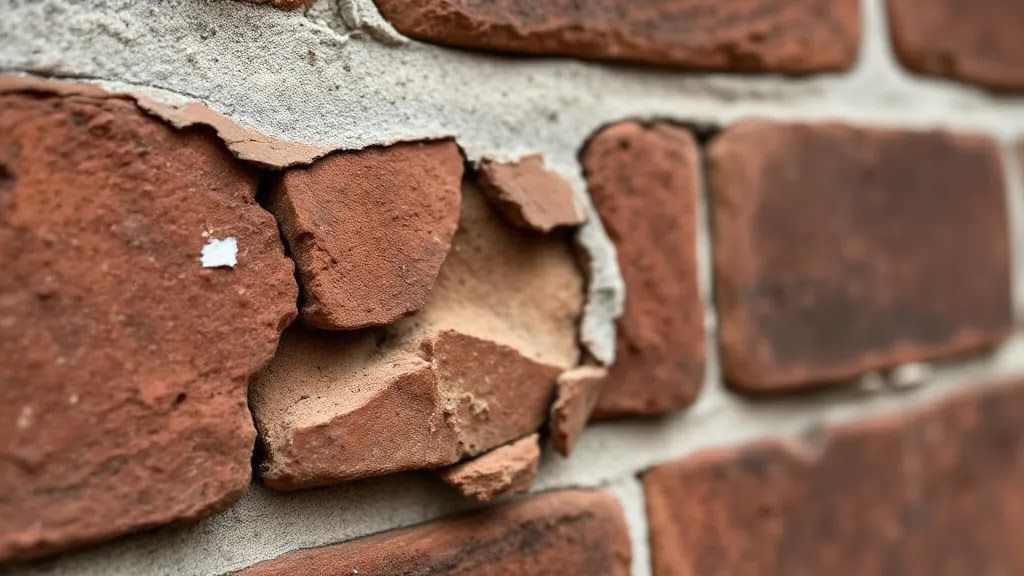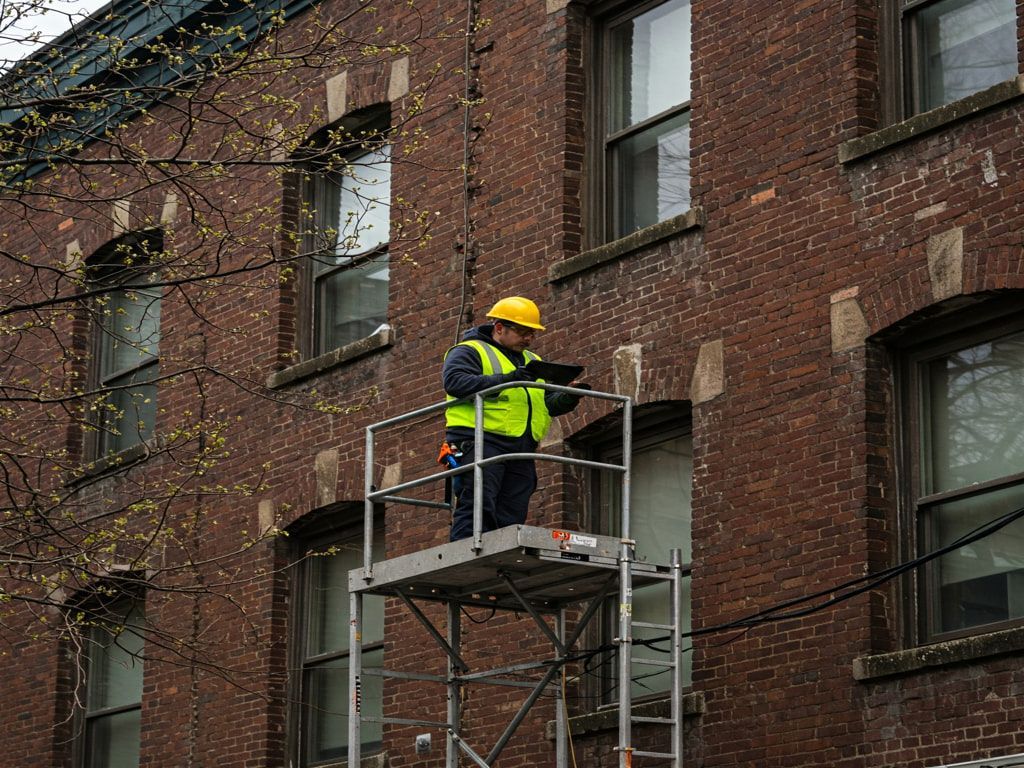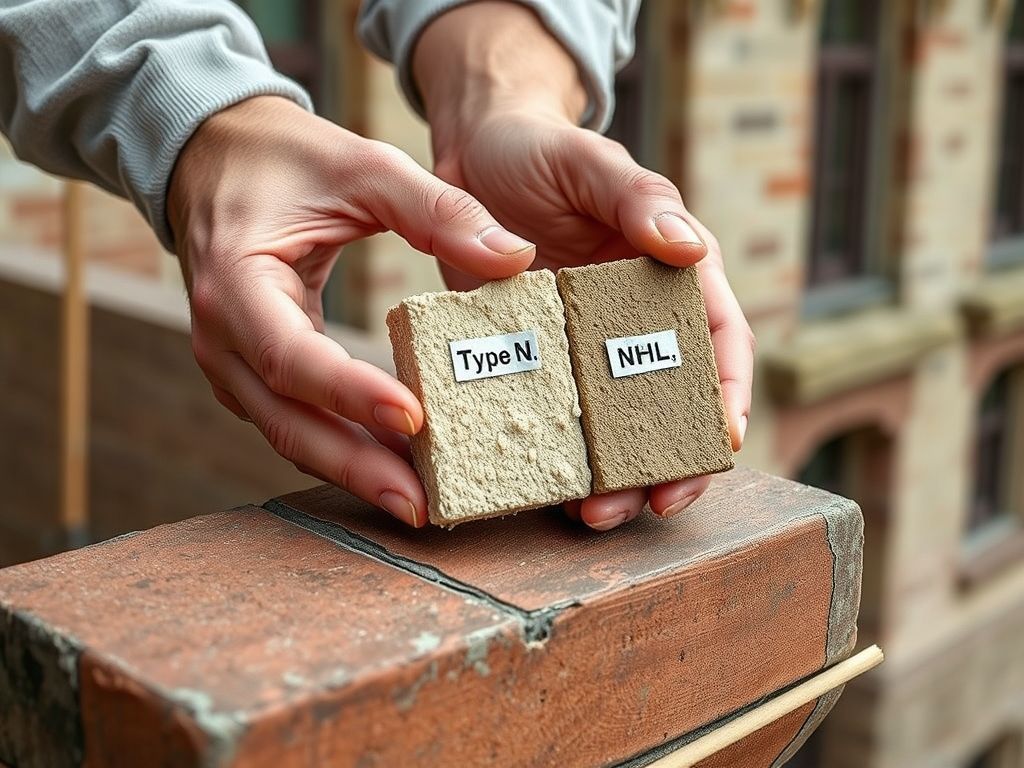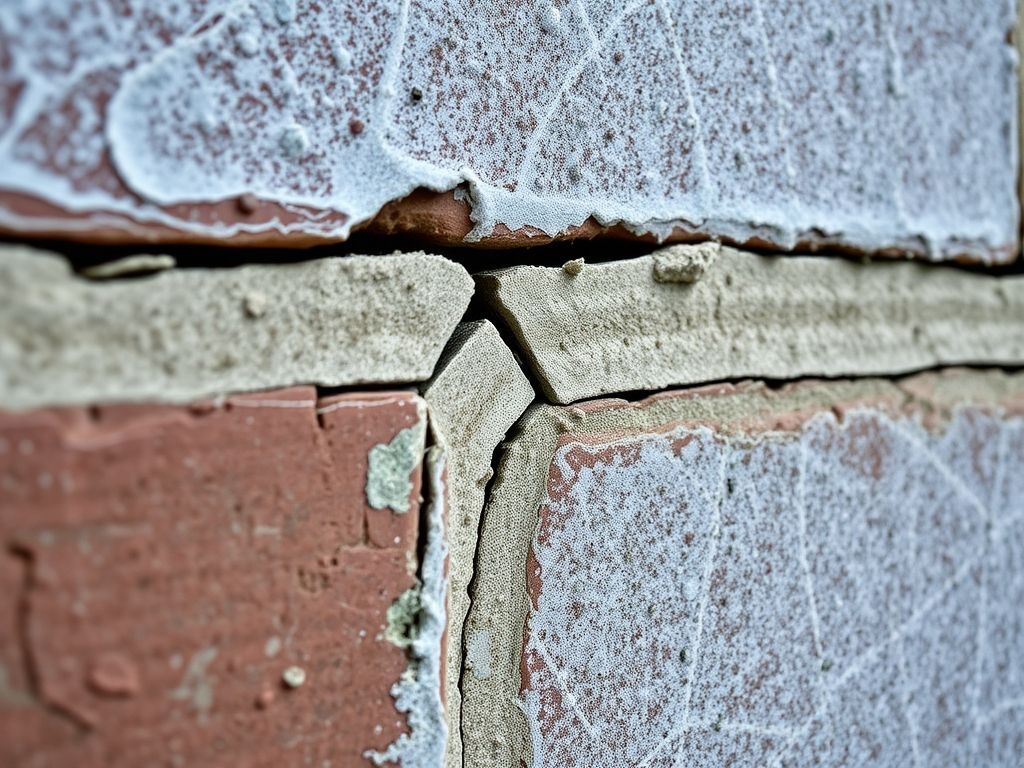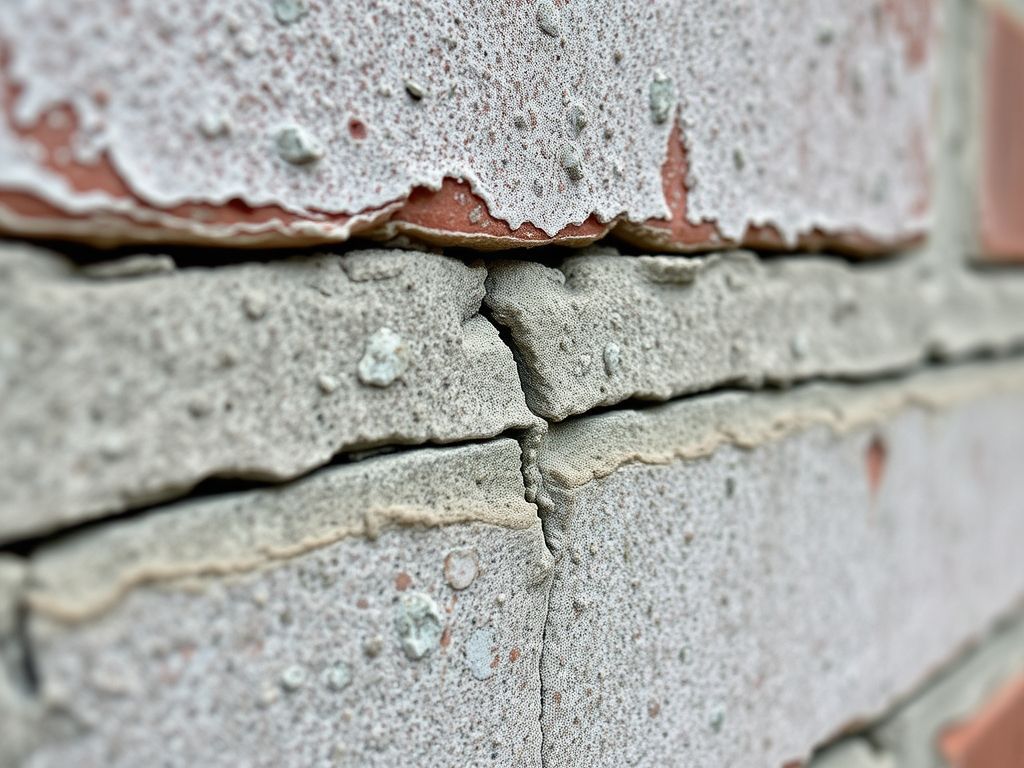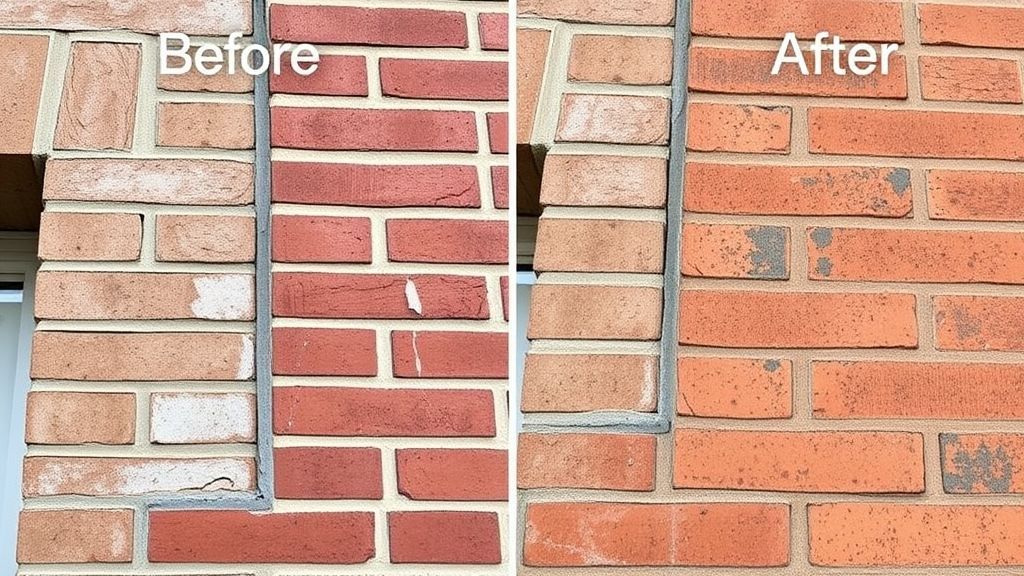Signs Your Historic Brick Home Needs Professional Repointing
Key Takeaways:
- Historic Vulnerability: Brooklyn brownstones built in the 1800s feature older mortar compositions that respond differently to environmental stresses than modern materials, making them particularly susceptible to deterioration from temperature fluctuations and moisture exposure.
- Visual Warning Signs: Critical indicators include cracking or crumbling mortar joints, brick displacement and wall bulging, and white efflorescence or persistent moisture stains that signal compromised mortar allowing water infiltration.
- Seasonal Inspection Timing: Spring reveals winter damage patterns while fall preparation prevents harsh weather impact, with twice-yearly inspections recommended to catch deterioration early—more frequently for older properties or those showing existing issues.
- Early Detection Value: Recognizing signs like powdery mortar texture, gaps between bricks, or interior dampness early transforms potentially devastating structural repairs into manageable maintenance, protecting both your investment and the home's historic character.
- Urgent Action Required: Active water infiltration, sudden interior moisture, visible brick movement, or rapid mortar deterioration demand immediate professional evaluation to prevent escalation into serious structural problems.
Understanding these critical warning signs empowers Brooklyn homeowners to preserve their architectural heritage while avoiding costly emergency repairs through timely professional intervention.
The cursor blinks. Your fingers hover over the keyboard, searching for the right words to describe that unsettling crack in your brownstone's facade. You've walked past it a hundred times, each glance bringing a mix of concern and confusion. Is this just Brooklyn's historic charm showing its age, or something more serious demanding immediate attention?
Living in a piece of architectural history carries unique responsibilities. Your 19th-century home—whether a traditional brick rowhouse or a brownstone-faced structure—stands as testament to Brooklyn's rich heritage, but those weathered walls hide stories—and sometimes, urgent warnings. The mortar between your bricks (or behind your brownstone facade) acts as your home's protective shield, and when it begins to fail, the consequences reach far beyond cosmetic concerns.
Many heritage homeowners in Brooklyn neighborhoods face this exact dilemma. You cherish your building's character, value its place in the neighborhood's architectural tapestry, and understand the investment it represents. Yet distinguishing between harmless aging and serious deterioration requires knowledge that doesn't come naturally to most property owners.
This guide focuses on recognizing the critical warning signs that indicate your historic brick or brownstone home needs professional attention for brick pointing in Brooklyn, NY—the process of renewing mortar joints between masonry units—before minor issues escalate into structural nightmares.
Understanding Your Historic Home's Vulnerability
Brooklyn's historic buildings face unique challenges that modern constructions simply don't encounter. These architectural gems, many dating back to the 1800s, typically feature lime-based mortar compositions that vary significantly depending on their era and the materials available at the time of construction. Early buildings might have used oyster shell lime, while later 19th-century structures often incorporated hydraulic lime or natural cement. These historic mortars—often containing different types of sand aggregates and lime formulations—behave fundamentally differently than modern Portland cement-based products.
Historic brick and brownstone buildings in Brooklyn experience various environmental stresses. Temperature fluctuations throughout the year cause materials to expand and contract repeatedly. Moisture from rain, snow, and humidity affects both masonry and mortar over time. These factors gradually impact the protective joints between bricks and the mortar securing brownstone blocks.
The mortar serves as your home's first defense against moisture, designed to be softer than the surrounding brick or stone so it absorbs weathering and stress while protecting these harder-to-replace masonry units. When it deteriorates, water may enter the masonry structure, potentially causing:
- Interior water damage
- Structural concerns
- Brick surface deterioration or brownstone delamination
- Foundation-related issues
Understanding this vulnerability—and the critical importance of proper repair materials—helps you appreciate why early detection and appropriate intervention matter so crucially for your investment.
+-------------------------------------------------------------------------------------------------------+
💡 Quick Takeaways
- Historic mortar varieties: Lime-based mortars from different eras contain various formulations that require compatible replacement materials
- Sacrificial design: Historic mortar is intentionally softer than masonry units, protecting valuable bricks and stones by weathering first
- Material compatibility: Using incompatible modern mortars can cause severe damage to historic masonry
+-------------------------------------------------------------------------------------------------------+
Visual Warning Signs That Demand Attention
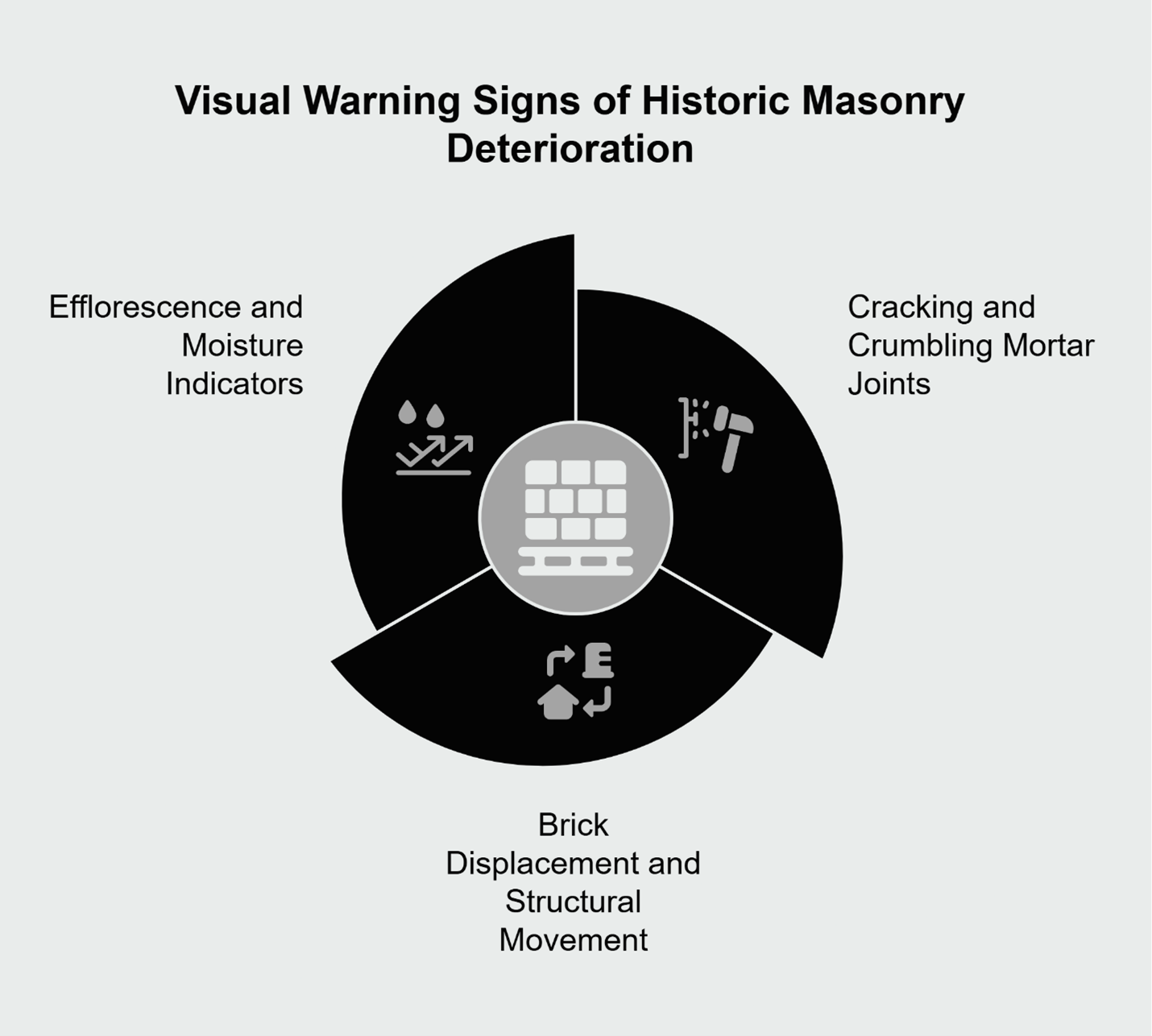
Recognizing deterioration patterns early can save significant repair costs and prevent irreversible damage to historic masonry. Here are the key visual indicators that signal your historic home needs professional assessment:
Cracking and Crumbling Mortar Joints
The most obvious sign appears in the mortar lines themselves. Healthy historic mortar should present a relatively uniform appearance with some natural weathering. When deterioration begins, you'll notice:
- Hairline cracks running through mortar joints
- Powdery or sandy texture when touched (indicating loss of binding capacity)
- Missing chunks of mortar creating gaps between bricks or stones
- Mortar that easily flakes away with minimal pressure
These symptoms often start subtly. A thin crack here, some powdery residue there. But deterioration that compromises the mortar's ability to repel water or bind masonry units requires attention.
Brick Displacement and Structural Movement
More serious issues manifest when bricks or brownstone blocks begin shifting from their original positions. Look for:
- Masonry units that protrude beyond the wall plane
- Widening gaps between bricks or stones
- Stepped cracking patterns following mortar lines
- Bulging or bowing sections of wall
Such displacement indicates advanced mortar failure where the binding capacity has been significantly compromised. The mortar no longer holds masonry units securely, allowing structural movement that threatens your home's stability.
Efflorescence and Moisture Indicators
That white, chalky residue appearing on your walls isn't just unsightly—it's a warning beacon. Efflorescence occurs when water carries dissolved salts through the brick and mortar, leaving deposits as it evaporates. Watch for:
- White crystalline buildup on brick or brownstone surfaces
- Dark moisture stains that persist after rain
- Green moss or algae growth in mortar joints
- Interior wall dampness corresponding to exterior problem areas
These moisture indicators suggest compromised mortar joints with increased water absorption rates that actively allow water penetration.
+-------------------------------------------------------------------------------------------------------+
💡 Quick Takeaways
- Performance indicators: Powdery texture and easy flaking signal loss of binding capacity in mortar
- Structural warnings: Masonry displacement indicates severely compromised mortar requiring immediate attention
- Moisture symptoms: Efflorescence and persistent stains reveal mortar with excessive water absorption rates
+-------------------------------------------------------------------------------------------------------+
Critical Considerations for Historic Repointing
When your inspection reveals the need for brick pointing in Brooklyn, NY, the choice of replacement mortar becomes absolutely crucial. This is where many well-intentioned repairs go catastrophically wrong.
The Compatibility Imperative
Historic brick and brownstone typically have compressive strengths much lower than modern materials. Using incompatible mortars—particularly modern Portland cement-based products—can cause severe damage:
- Trapped Moisture: Portland cement mortars are harder and less permeable than historic materials. They can trap moisture within the wall system, preventing the natural wicking action that historic lime mortars allow.
- Differential Movement: Harder mortars don't accommodate the natural expansion and contraction of softer historic bricks, leading to cracking and spalling of the masonry units themselves.
- Accelerated Deterioration: When moisture freezes within brick that can't breathe due to hard mortar, it causes the brick faces to pop off (spalling), permanently damaging irreplaceable historic material.
Professional Assessment Necessity
Given these risks, professional evaluation becomes essential. Qualified preservationists can:
- Analyze existing mortar composition
- Determine appropriate replacement mortar formulations
- Ensure proper removal techniques that won't damage surrounding masonry
- Apply compatible materials using historic methods
This specialized knowledge protects your investment and preserves your home's historic character.
+-------------------------------------------------------------------------------------------------------+
💡 Quick Takeaways
- Mortar compatibility: Historic buildings require lime-based mortars that match original properties
- Damage risks: Portland cement mortars can cause spalling and accelerated deterioration of historic brick
- Professional expertise: Proper analysis ensures compatible materials and techniques for lasting repairs
+-------------------------------------------------------------------------------------------------------+
Seasonal Inspection Guidelines for Brooklyn Homeowners
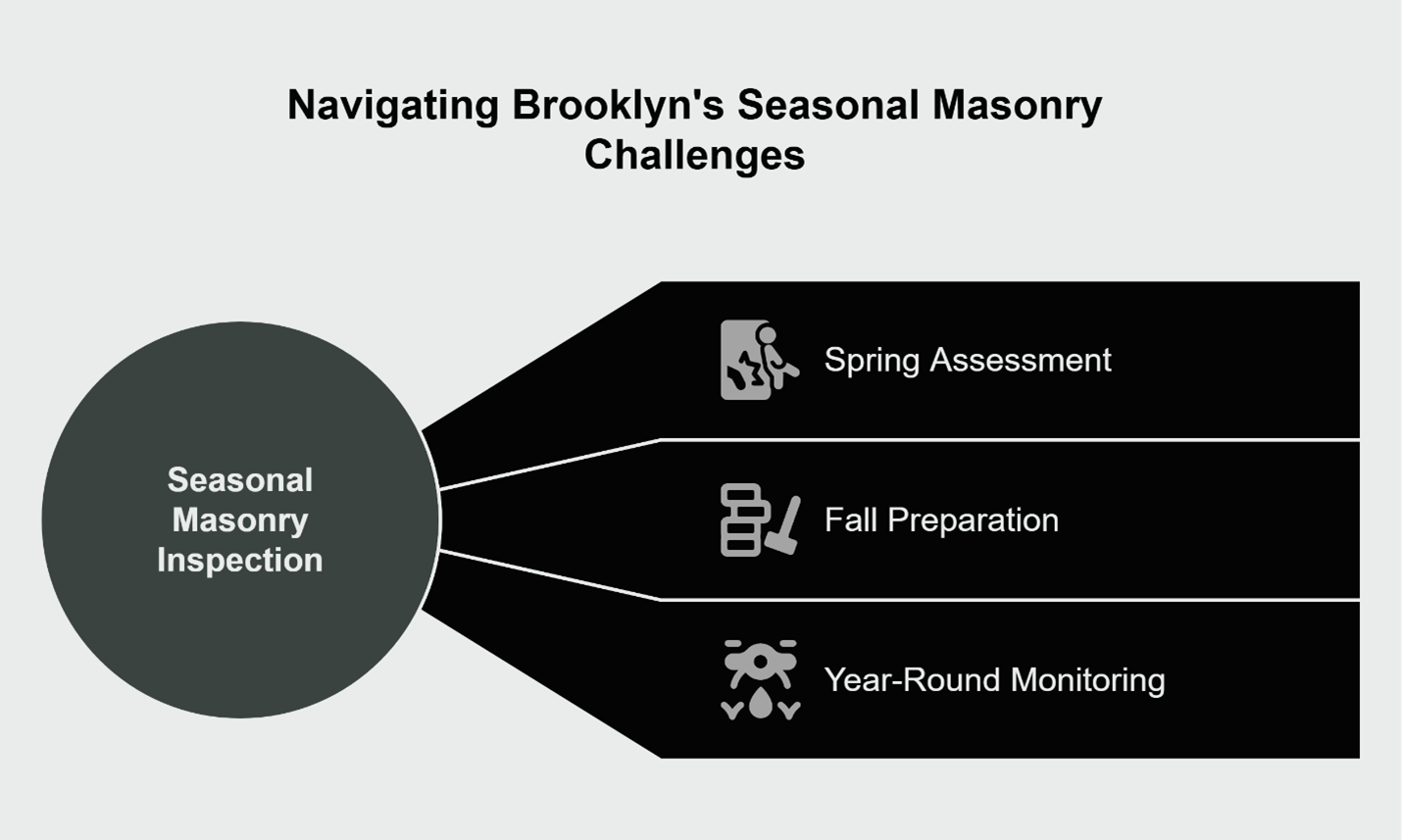
Brooklyn's distinct seasons create specific challenges for historic masonry. Establishing a seasonal inspection routine helps catch problems early while understanding how environmental conditions affect different materials.
Spring Assessment After Winter Damage
Winter weather impacts both brick and brownstone structures significantly. As temperatures warm, inspect for:
- New cracks that weren't present in fall
- Mortar debris at the foundation base
- Increased efflorescence from winter moisture
- Any masonry displacement or movement
- Brownstone delamination or surface scaling (thin layers of stone flaking or peeling off the face)
Spring reveals winter's impact clearly, making it ideal for comprehensive assessment.
Fall Preparation for Harsh Weather
Before winter arrives, conduct thorough inspection focusing on:
- Existing cracks that might worsen with freeze-thaw cycles
- Areas where water pools against masonry
- Vulnerable spots like window sills and chimney bases
- Previous repair areas, especially those with incompatible mortars
- Horizontal surfaces where water might penetrate
Fall inspection allows time for necessary repairs using appropriate materials before harsh weather strikes. Professional brick pointing in Brooklyn, NY can address these issues with compatible mortars before winter damage sets in.
Year-Round Monitoring Essentials
Certain warning signs demand immediate attention regardless of season:
- Active water infiltration during storms
- Sudden appearance of interior moisture
- Visible masonry movement or wall bulging
- Rapid mortar deterioration in specific areas
- Brownstone face separation or flaking
These urgent indicators suggest problems requiring prompt professional evaluation with proper material analysis.
+-------------------------------------------------------------------------------------------------------+
💡 Quick Takeaways
- Seasonal timing: Spring and fall inspections help identify weather-related damage patterns
- Material-specific concerns: Brownstone may show delamination while brick exhibits spalling
- Urgent signs: Active water infiltration or structural movement demands immediate professional evaluation
+-------------------------------------------------------------------------------------------------------+
Conclusion
The responsibility of preserving Brooklyn's architectural heritage rests partly on recognizing when your historic home needs professional intervention—and understanding the critical importance of proper repair methods. Those hairline cracks and powdery mortar joints represent more than cosmetic flaws; they're your home's signal that its protective system needs attention.
Early detection transforms potentially devastating repairs into manageable maintenance. When you spot these warning signs, professional assessment becomes essential—not just for identifying problems, but for ensuring repairs use compatible materials that won't cause further damage. The wrong mortar choice today could mean catastrophic brick failure tomorrow.
Take action when warning signs appear, but ensure that action includes proper material analysis and compatible repair methods. Your historic home has weathered over a century with its original lime-based mortar system; with appropriate care using compatible materials, it will stand proudly for generations more.
Frequently Asked Questions
Q: How often should I inspect my historic home for repointing needs?
A: Regular inspections help catch problems early. Many preservation specialists suggest examining your Brooklyn home's masonry at least twice yearly—typically in spring after winter conditions and in fall before cold weather returns. Properties with brownstone facades may benefit from closer attention to surface conditions, while brick buildings should focus on mortar joint integrity. Older properties or those already showing signs of deterioration may require more frequent monitoring. During extreme weather events or after particularly harsh seasons, additional spot checks help identify emerging issues. The key is developing consistent observation habits that match your property's specific materials, age, and condition.
Q: What's the difference between minor mortar wear and serious deterioration?
A: Minor wear typically appears as surface weathering that doesn't significantly affect the mortar's performance—its ability to bind masonry units and repel water remains largely intact. You might notice slight texture changes or minimal surface erosion that extends only a few millimeters deep. Serious deterioration shows deeper problems that compromise the mortar's essential functions. Key performance indicators include: mortar that crumbles when touched (loss of binding capacity), joints that allow water penetration (failed water resistance), or mortar that has eroded deep enough to lose contact with the masonry units. When mortar shows significantly increased water absorption rates or can no longer secure bricks in place, professional attention becomes necessary. The critical distinction: minor wear doesn't substantially affect performance, while serious deterioration compromises the mortar's ability to protect and support your historic structure.
Thank you — here's a refined, professional version of the Call-to-Action section, with a clean layout and clear, trustworthy tone that aligns with the blog’s subject and audience:
Protect Your Historic Home with Expert Brick Pointing
At City Suburb, we understand the responsibility that comes with owning a piece of Brooklyn’s architectural history. Our specialized brick pointing services are designed to preserve the structural integrity and aesthetic beauty of your historic brick or brownstone home—using only compatible materials and time-tested techniques.
With years of experience serving Brooklyn, Queens, Manhattan, and surrounding areas, our team knows how to identify early warning signs and perform precise repairs that extend the life of your masonry—preventing water damage, structural shifting, and costly deterioration down the line.
“Prompt service. Finished brick pointing job on budget and ahead of schedule. Highly recommend and I will be using them again for future projects.” — Dan H.
Let’s Keep Your Home Standing Strong for the Next Century
Whether you've noticed minor cracking or serious displacement, now is the time to act.
Contact us today for a free estimate and expert evaluation tailored to your historic property’s needs.
👉
See our craftsmanship on Instagram
City Suburb – Quality Repairs. Historic Respect. Trusted Results.
